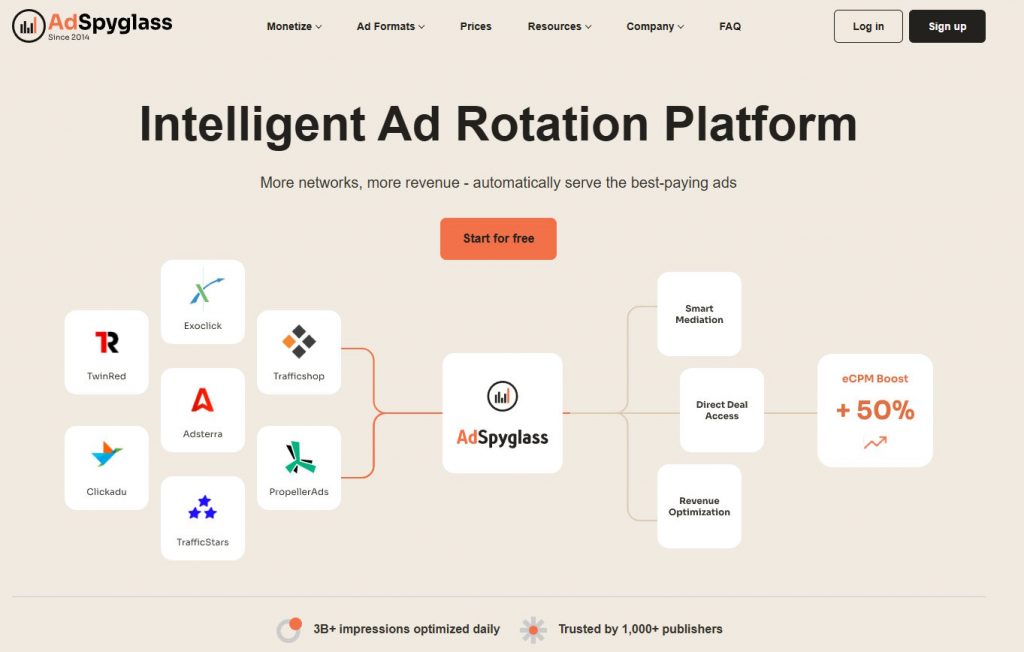Profit is the sum of money you gain from your sales after having paid all expenses for a certain period. When there is an income there will always be profit. If you cut costs and increase revenue, you will have a higher profit. In order to examine this notion closer, there is a formula for profit calculation:
π = R – C
- π stands for profit
- R is revenue that is equal to the price
- C is a fixed or variable cost
There are three types of profit: gross, operating, and net.
Gross profit is the value you receive after the COGS (cost of sales, or cost of goods sold) has been deducted from revenue.
Operating profit is the value you receive after all operating expenses have been deducted from revenue. Operating expenses include all costs relating to the business operations.
Net profit is the value you receive after all expenses, including interest and taxes, have been deducted from revenue.
The income statement comprises these three types where gross profit is the first, then it is followed by operating, and at the bottom, we have a net profit.
Profit is characterized by showing a smooth picture of a company’s expenses. It uses accounting principles like matching, revenue recognition, and accruals. Profit is impossible without non-cash expenses that include impairment charges, stock-based compensation, and depreciation.
